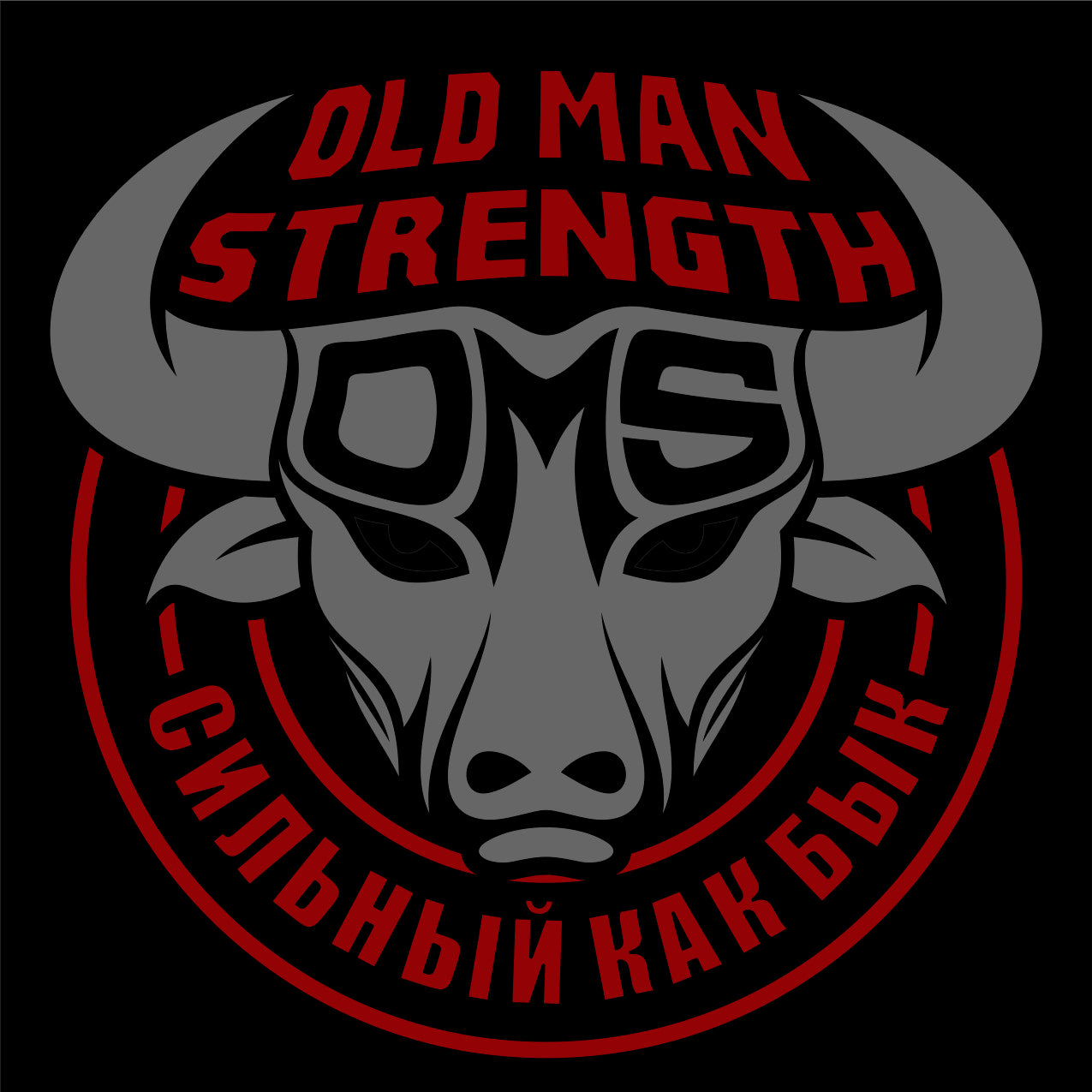
Testosterone – Do You Need a Top Up?
Testosterone – Do You Need a Top Up?
Feeling tired? Can’t quite get it together? Sure, these are tough times at the moment but before you chalk a persisting feeling of malaise to stress and COVID-19, let's talk about testosterone.
To start with lets put aside our 19-year-old teenage view of testosterone, with muscle-bound posers pumping needles into themselves and raging about the place. We’ve all heard the stories about steroids. Lets put that aside and talk seriously about testosterone and how important it is for you, your body, your mental wellness, your relationships and your ability to heal after an injury.
One of the biggest issues around testosterone is simple lack of knowledge, which stops men being able to go to the doctor and ask questions and to decide what’s best for them. We aren’t doctors, but we have put this article together drawing upon our experience to help guys who are thinking about it. So take a read, research more if you need to, and then ask questions from smart people as you go through your own journey.
Let's start simple. Testosterone isn’t an external thing. We make around 95% of it in our testicles and its seriously useful. It is the hormone that provides deep voices, muscle density, facial and body hair, fuels libido, boosts mood and improves the clarity of thought. It provides aggression and all of the signs and symptoms that people normally attribute with being a man.
Having more of it in your body means you have more of these characteristics, and having less means you have less. Men often complain of feeling weak, listless, having a low sex drive, and malaise when they have low testosterone. And a lot of men do have low testosterone – from the age of 40, T levels drop by around 1% per year. What’s more, of all those with low testosterone, only 5% are diagnosed and seek treatment. As a benchmark, while opinions vary, the studies we read say that low means less than 300 ng/dl. Low T is normally determined and diagnosed by both a blood test and by characteristic signs and symptoms.
One of the questions that guys over 40 need to ask themselves is if they need to top up. Putting more testosterone (or T) in your body is called Testosterone Replacement Therapy (TRT), and let’s put one thing straight out there. TRT is not the same thing as “taking steroids”. It is not the same as a young buck who has plenty of testosterone in his system taking rounds of testosterone to make himself look like a horse. The R in TRT – replacement – is the critical word. This is about getting back to normal levels. So let's take the hysteria out of it and work through what your options are if you think you are low.
While everyone has their own approach, often people who have been through it look at it as a layering approach. Layer 1 being activity-based, layer 2 being herbal and layer 3 being exogenous testosterone (ie shots and gels)
Layer one is pretty simple. Sometimes men can shift the gears simply by undertaking strength or aggression based activities, and, you’ll be pleased to know, having more sex. The classic ways to improve T without taking exogenous T – through injections or gels – include losing weight, high-intensity exercise combined with intermittent fasting), consuming zinc, strength training, increasing Vitamin D levels, reducing stress, limiting sugar and eating healthy fats. So by getting yourself in order, fixing your diet, normalising your stress and heading to the gym for some old fashioned high-intensity loud music bench can get things done! A lot of studies say that these activities alone can return some men back to reasonable levels. So get off the couch, and start pushing yourself a bit harder.
We recommend hitting layer 1 for a few months and seeing what happens. So let's say you try that, go and get your bloods done and still no movement. Next stop, herbal-land. Anecdotally, there are reports that Fenugreek, Tribulus, and doses of ginger can make a difference by encouraging your body to make more T. This is an important point about layer 1 and 2 – these are about making you produce more T (not getting it from somewhere else).
Studies are mixed on the effectiveness of herbal remedies, and doctors tend to shrug and look at you as if you are eating grass and praying in a healing tent but lifting sites, anecdotal evidence and gym talk suggests there might be something there. So don’t rule it out if it works for you.
Layer 3 is what people conventionally label as TRT. The oldest form of TRT is an injection, which is a reliable and direct way to take T directly into the body and to see results. It’s effective but inconvenient, relying on doctors’ visits every few weeks, and men can be affected by the way in which the mixture breaks down and releases in the body, pushing T levels up and then back to baseline in the days and weeks in between shots. Option 2 is topical – gels and patches. With gels, you rub them on your shoulders or arms once a day, with varying results of absorption into the body. A lot of men take injections for purely practical reasons – it allows you to leave the house and take care of your needs without having testosterone in the fridge and obvious for everyone to see.
There are pros and cons to exogenous T. First, it works. By taking in enough fresh T, your T levels are going to rise. All of the symptoms of low T are going to alleviate and strength, enthusiasm, and power are going to return. Millions of men take TRT and are very happy doing so. The cons are the side effects, some of which seem hyped and some of which seem plausible. The consensus seems to be that TRT hasn’t been around long enough to be truly understood. See https://www.gizmodo.com.au/2016/05/what-men-really-need-to-know-about-testosterone-replacement-therapy/ for a reasonably balanced article on the risks.
Our advice on taking external is to make sure you are getting enough. Small dose injections can actually do more harm than good, in our view, because they both shut off your own production and then don’t give you enough. Make sure you ask your doctor about how much you need assuming you aren’t making it anymore.
We don’t recommend shifting straight to injections without trying to fix lifestyle and environmental factors. If you are stressed, overweight, drinking, maybe not too happy in your relationship, or not getting enough sunlight, take a knee. Think about what you can change; lift something heavy for a while, crank on some music and get yourself sorted out in terms of eating right and see what happens. You might be surprised about how effective this can be. If you do all of this, and it's still not working, then go and see the doctor. After you are sure you can’t take it any further yourself, then maybe external T is the best option.
Remember, in these times of COVID19 and isolation, we need to be wary of our mindset. Testosterone shapes your body and your mind. So be smart, put some pressure on yourself as well as the drug companies, and make smart calls. Sometimes the gym and being positive can only get you part of the way there.


